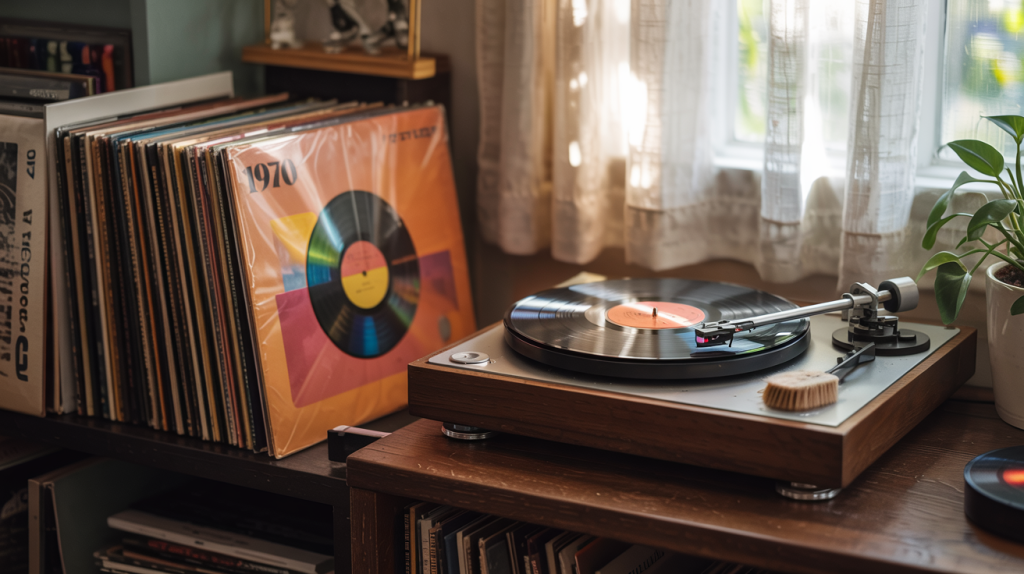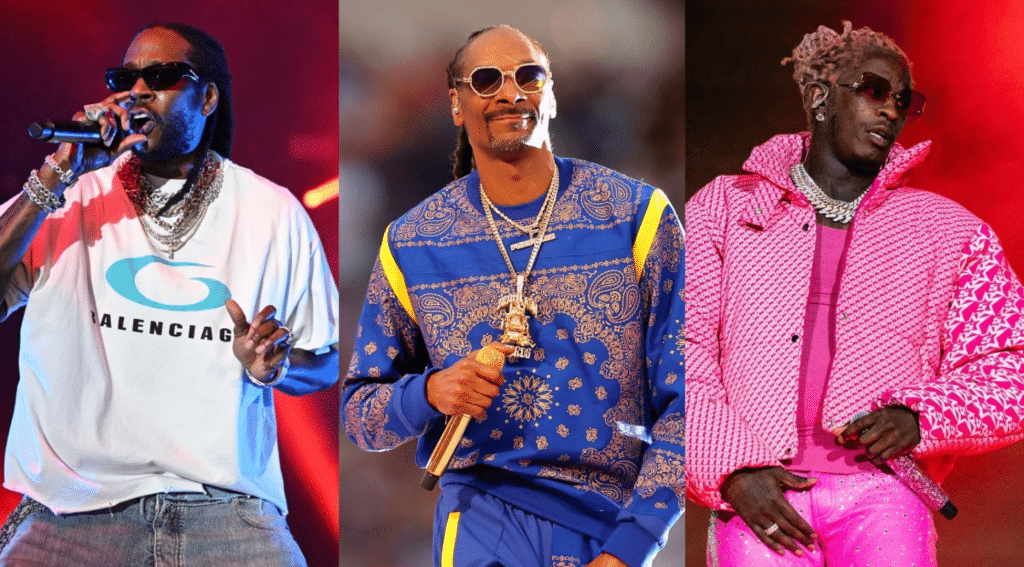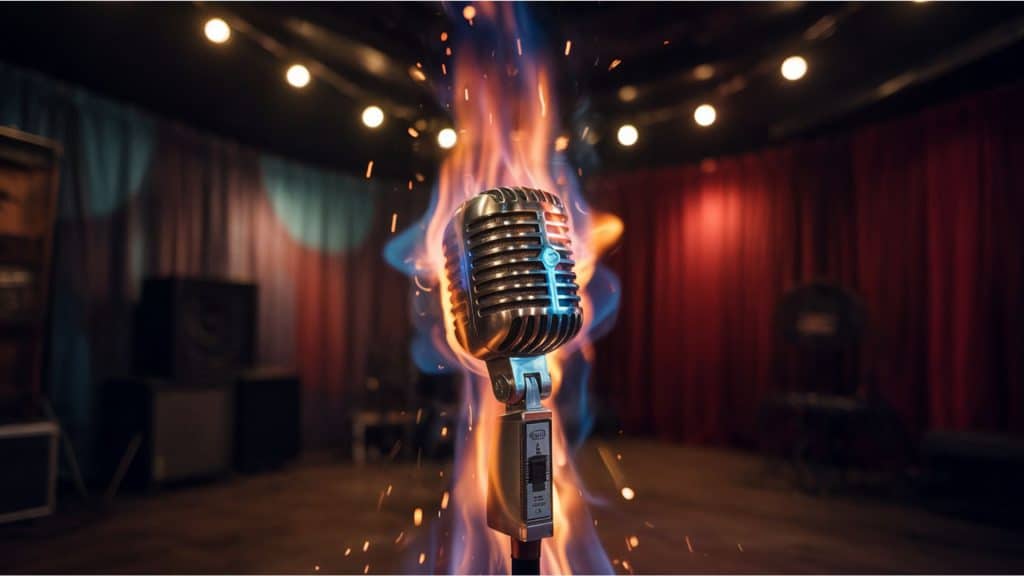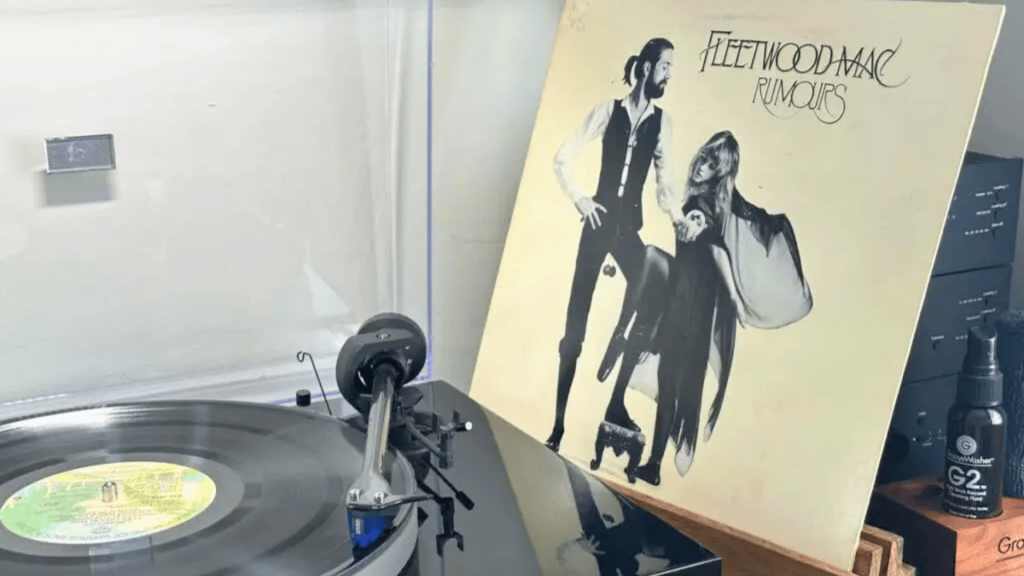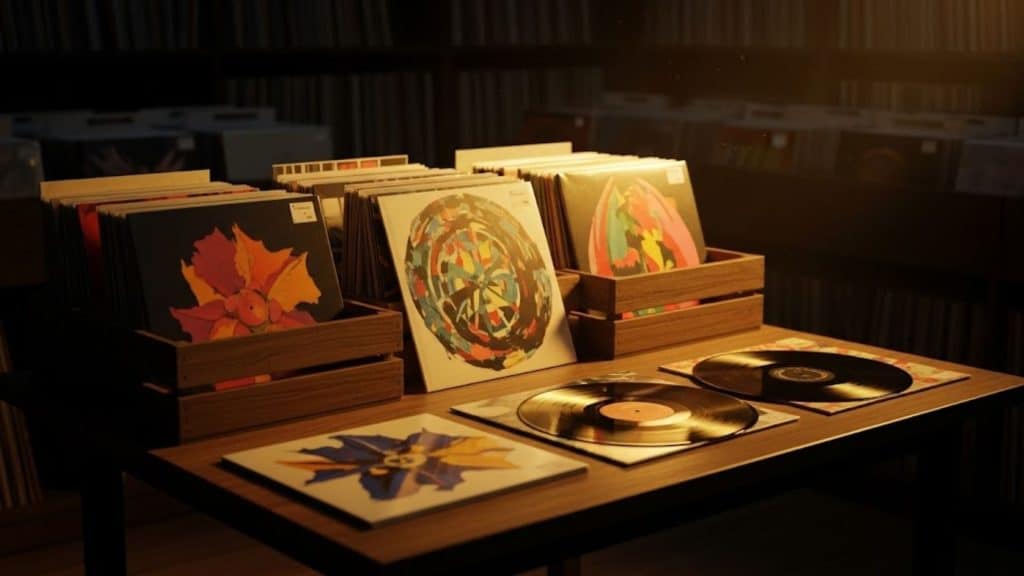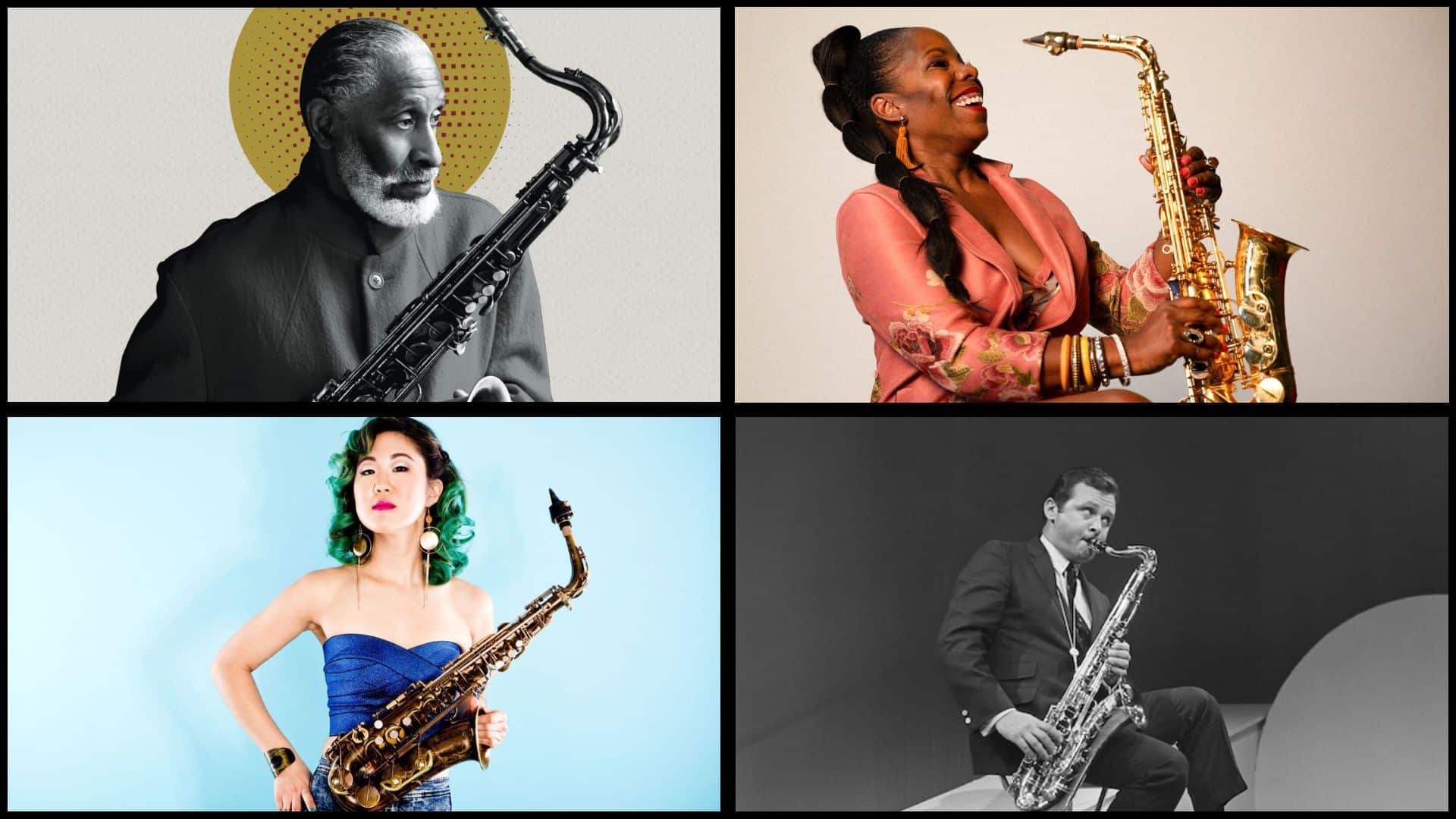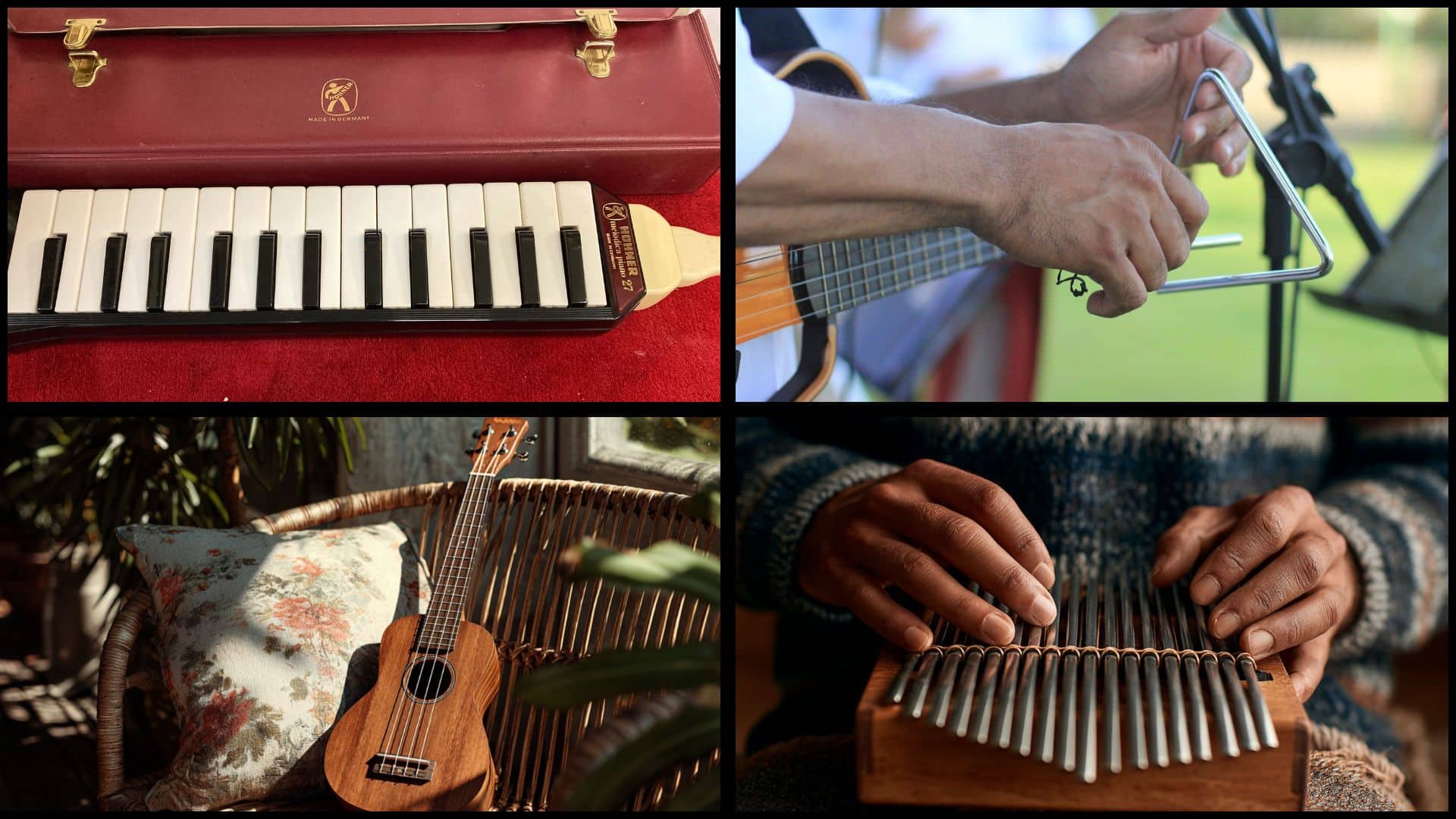Have you ever wondered why some singers sound so different, even when they’re all really good? Singing comes in many forms, and each one brings out its own kind of feeling and sound.
From strong opera voices that fill big halls to soft folk singers who share stories, every singing type uses different methods.
Some singers use their chest voice to make deep, strong notes. Others go with falsetto for a soft, light sound. Whether it’s the smooth runs in R&B, the rough sounds in metal, or the free-style tunes in jazz, each one takes different skills.
Learning about these types of singing helps you enjoy your favorite songs even more. It can also help you find new music you might like.
The Power of Singing in Our Lives
Singing does fantastic things for our minds, bodies, and hearts that most people don’t even realize. When you sing, your brain releases happy chemicals called endorphins that make you feel good and reduce stress naturally.
Singing also helps you breathe better by strengthening your lungs and teaching you proper breathing techniques that improve your overall health.
It builds confidence as you learn to use your voice and express yourself in new ways. Group singing creates strong bonds with other people and helps you feel connected to your community.
If you sing in the shower, at church, or with friends, your voice becomes a powerful tool for healing, happiness, and bringing people together through the universal language of music.
Singing Techniques and Styles
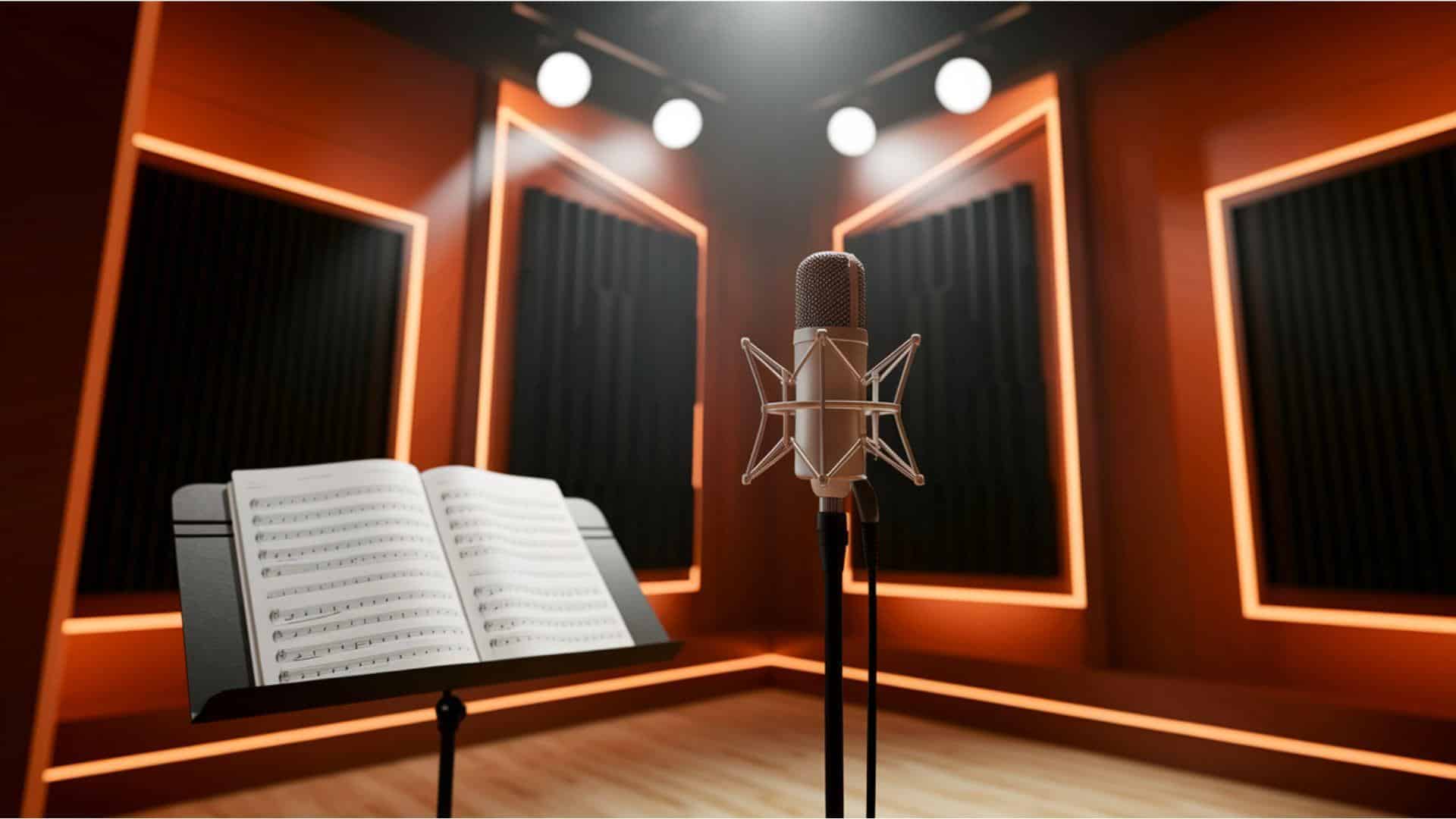
Each singing style requires specialized training and practice to be mastered safely and effectively.
Learning about these techniques helps you understand how your favorite artists create their signature sounds.
1. Belting
Belting is a powerful singing technique where you use your chest voice to hit high notes with strength and emotion. Please think of how Adele or Whitney Houston sing those big, dramatic moments in their songs.
This technique takes lots of practice because you’re pushing your voice to be loud and strong without hurting your vocal cords.
Many Broadway singers use belting to fill large theaters with their voice. It’s important to warm up properly and learn the right way to belt, or you might damage your voice over time.
2. Falsetto
Falsetto creates a light, airy sound by using only the edges of your vocal cords instead of the full thickness. Male singers like Justin Timberlake and The Bee Gees made this technique famous in pop music.
Your voice sounds higher and softer than your normal speaking voice when you sing in falsetto. It’s easier on your vocal cords than belting, but it takes practice to control the pitch and tone.
Many singers switch between falsetto and their regular voice to create interesting musical effects that grab listeners’ attention.
3. Head Voice vs. Chest Voice
Chest voice is your lower, fuller sound that resonates in your chest when you speak or sing low notes. Head voice is your higher, lighter sound that seems to come from your head when you sing high notes.
You can feel the difference by putting your hand on your chest while singing low, then moving it to your head while singing high.
Most singers need to learn how to move between these two voices without cracking or breaking smoothly. Professional singers spend years perfecting this transition to sound natural and professional.
4. Mix Voice
Mix voice combines your chest voice and head voice to create a balanced, strong sound throughout your vocal range. This technique lets you sing high notes with power while keeping the richness of your lower voice.
Artists like John Legend and Alicia Keys are masters of mix voice, which is why they sound so smooth. Learning to mix voice takes time because you’re training your vocal cords to work in a new way.
It’s considered one of the most important techniques for modern singers who want versatility and vocal health.
5. Vibrato
Vibrato is a slight, rapid variation in pitch that makes your voice sound richer and more expressive. You can hear it when opera singers hold long notes that seem to wobble slightly in a musical way.
Some singers are born with a natural vibrato, while others must develop it through practice and proper breathing techniques.
Too much vibrato can sound shaky, while too little can sound boring and flat. The key is finding the right amount that fits your voice and the style of music you’re singing.
6. Riffing and Runs
Riffs and runs are fast, decorative note patterns that singers add to make songs more interesting and showcase their skills. Think of how Mariah Carey or Beyoncé adds those quick, flowing note sequences to their songs.
These techniques come from gospel and R&B music traditions where singers improvise and personalize their performances.
Learning runs takes lots of practice to make them sound smooth instead of messy or show-offy. The best singers use riffs and runs sparingly to enhance the emotion of a song, not just to impress people.
7. Yodeling
Yodeling involves rapidly switching between your chest voice and head voice to create that distinctive “yodel-ay-ee-oo” sound.
This technique originated in the Alps, where mountain people used it to communicate across long distances. Country music adopted yodeling, and artists like Dolly Parton and Hank Williams made it popular in America.
The quick voice changes require precise control and lots of practice to sound smooth instead of choppy. While it might seem old-fashioned, yodeling appears in modern music genres and can add a unique flair to any song.
8. Scat Singing
Scat singing uses nonsense syllables like “do-be-do-ba” instead of real words to create musical improvisation. Jazz legends like Ella Fitzgerald and Louis Armstrong made this technique famous by treating their voice like a musical instrument.
Scat singers make up melodies on the spot, creating new musical ideas that have never been sung before. This technique requires deep musical knowledge and the confidence to improvise in front of audiences.
Learning to scat helps singers understand rhythm, melody, and how to interact musically with other instruments in a band.
9. Throat Singing
Throat singing creates multiple tones at once by using special techniques that make your throat vibrate in unusual ways. This ancient technique comes from cultures in Mongolia, Tibet, and other regions where it’s part of spiritual and cultural traditions.
Singers can produce a low drone while simultaneously creating higher overtones that sound almost magical.
Western musicians have started incorporating throat singing into rock, metal, and experimental music for its unique, otherworldly sound. Learning this technique requires patience and careful practice to avoid straining your voice or throat muscles.
10. Sprechstimme
Sprechstimme is a technique that falls between speaking and singing, creating a dramatic, theatrical effect. The word means “speech-voice” in German, and it’s often used in classical music and musical theater.
Instead of hitting exact pitches like normal singing, you follow the melody’s shape while keeping a speaking rhythm and tone.
This technique helps convey emotion and story in a more conversational way than traditional singing. Many modern artists use elements of sprechstimme in pop and rock music to create intimate, personal moments in their songs.
11. Whistle Register
The whistle register is the highest part of your vocal range, sounding like a dog whistle or a tea kettle. Only a few singers like Mariah Carey and Ariana Grande can access these extremely high notes safely and musically.
This technique uses a very small opening in your vocal cords to create thin, piercing tones that can be beautiful or dramatic.
Most people can’t sing in the whistle register, and forcing it can damage your voice permanently. Even singers who can do it use whistle tones sparingly because they’re so unusual and attention-grabbing.
12. Overtone Singing
Overtone singing manipulates the shape of your mouth and throat to amplify natural harmonics that exist in your voice. By changing your tongue position and mouth shape, you can make higher pitches ring out above your main singing tone.
This creates an almost mystical effect where one person sounds like they’re singing harmony with themselves. The technique comes from Central Asian cultures but has found its way into contemporary music and sound healing practices.
Learning overtone singing helps you understand how sound works and gives you amazing control over your vocal resonance.
13. Growling (Metal Technique)
Growling is a vocal technique used in metal music that creates a low, aggressive sound without damaging your voice. Singers like those in death metal bands use proper breathing and throat positioning to achieve this intense sound safely.
The technique involves using false vocal cords and controlling your airflow to distort while protecting your real vocal cords.
Many people think growling ruins your voice, but when done correctly, it’s actually safer than screaming or yelling.
Learning to growl properly takes time and often requires instruction from experienced metal vocalists who understand the technique.
Singing Genres and Artists
Different music genres require unique singing styles and techniques to match their sound and feeling.
Each genre has its own rules, famous artists, and ways of expressing emotions through voice. Understanding these styles helps you appreciate the skill and artistry behind your favorite songs.
1. Pop
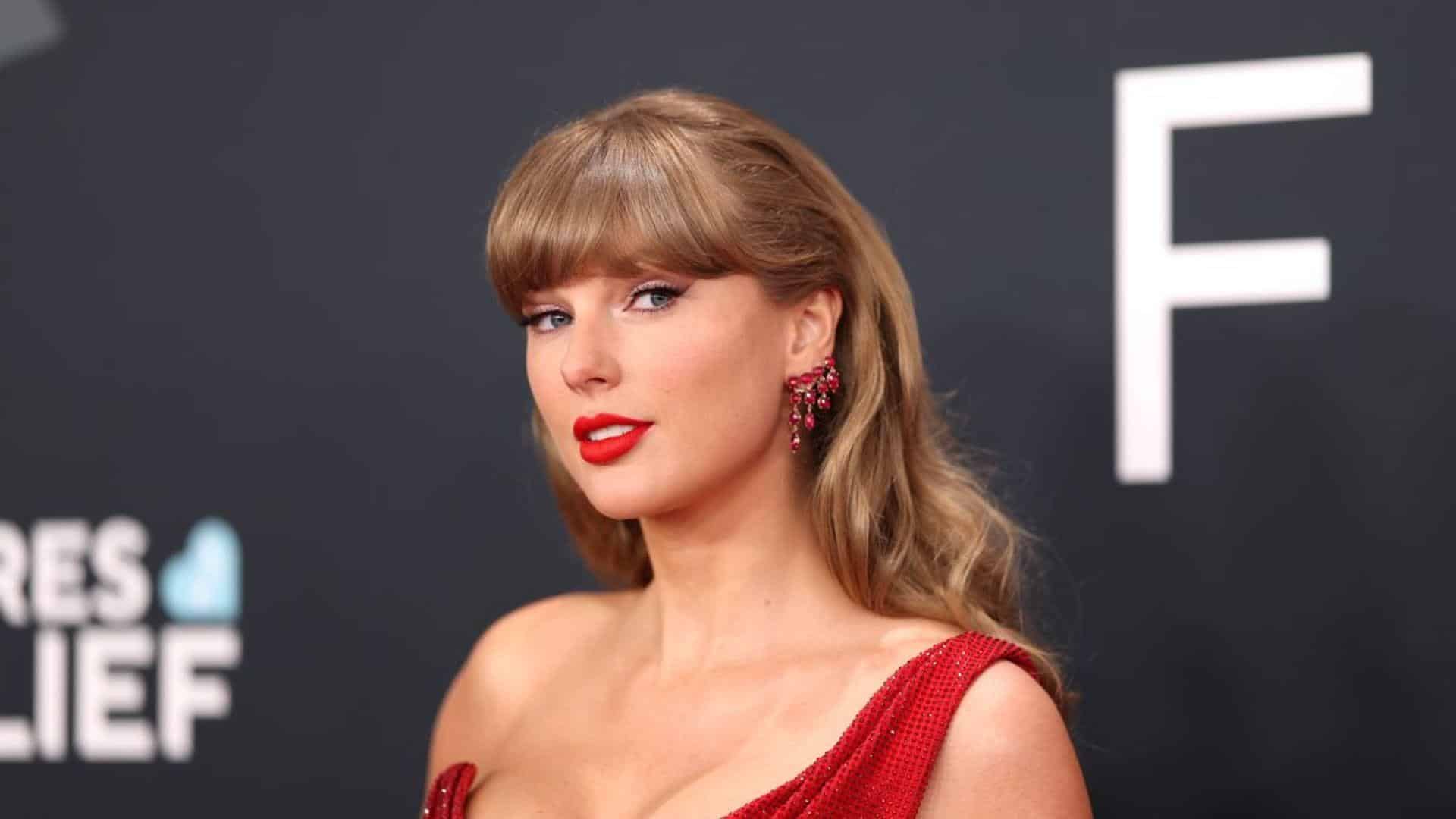
Pop singing focuses on catchy melodies, clear pronunciation, and connecting with large audiences through radio-friendly songs. Pop singers need strong vocal control and the ability to sound both powerful and approachable.
The style emphasizes smooth delivery, emotional expression, and often includes runs, belting, and mixed voice techniques to create memorable performances.
Artists
- Ariana Grande: Known for her powerful whistle register and impressive vocal runs
- Ed Sheeran: Famous for his storytelling ability and acoustic guitar-based pop songs
- Taylor Swift: Master of emotional delivery and connecting with audiences through personal lyrics
2. Rock
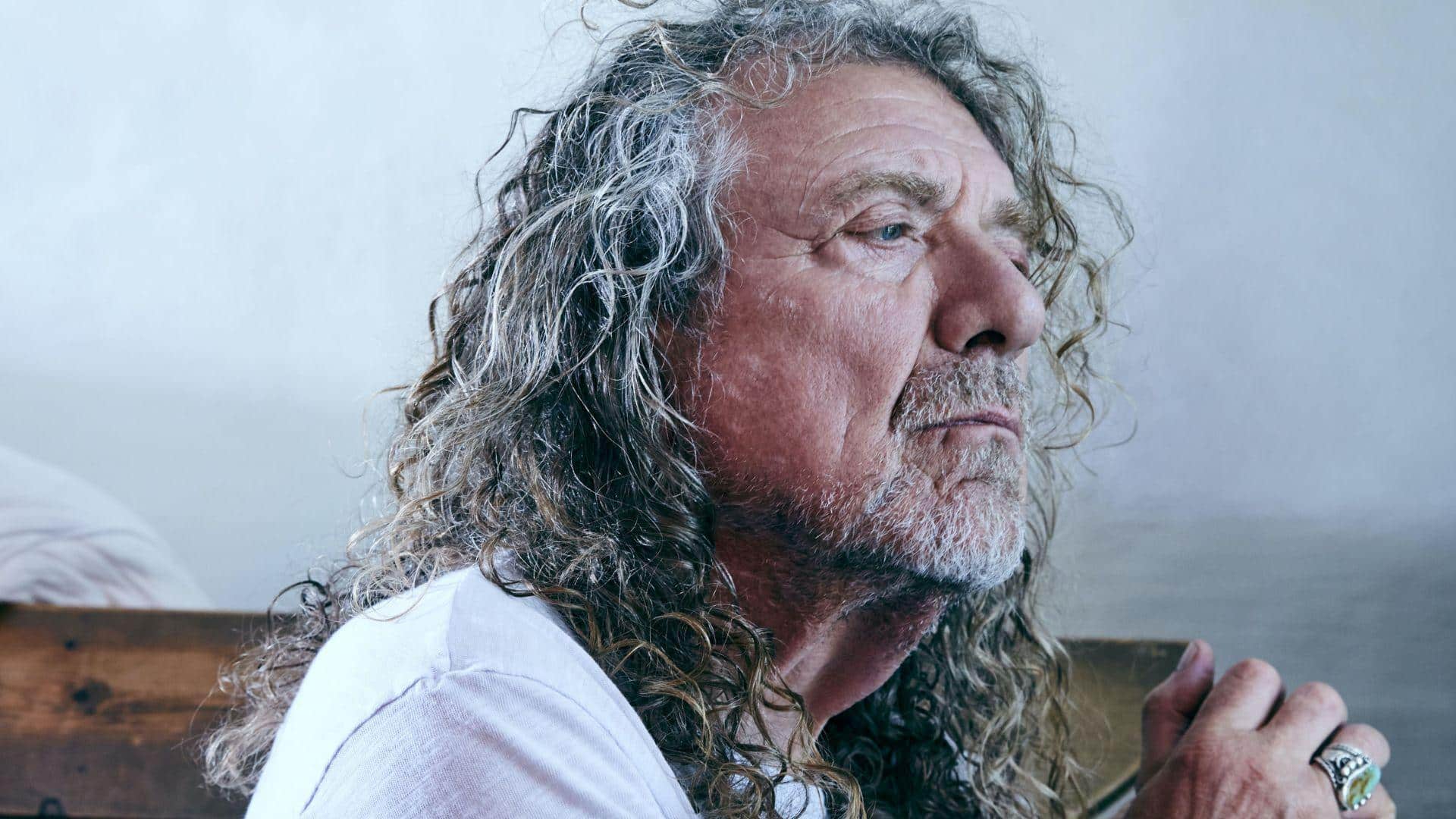
Rock singing requires power, attitude, and the ability to cut through loud guitars and drums with raw energy. Rock vocalists often use belting, raspy tones, and aggressive delivery to match the intensity of the music.
The style ranges from melodic singing to screaming, depending on the specific rock subgenre and emotional content of the songs.
Artists
- Freddie Mercury: Legendary for his four-octave range and theatrical stage presence
- Hayley Williams: Known for her powerful voice and ability to blend pop punk with ballads
- Robert Plant: Popular for his high-pitched wails and blues-influenced rock vocals
3. Rhythm and Blues (R&B)

R&B singing emphasizes soul, emotion, and technical skill through melismatic runs, vocal acrobatics, and smooth delivery.
Singers in this genre focus on expressing deep feelings while showcasing impressive vocal techniques.
The style often includes gospel influences, improvisation, and the ability to make listeners feel every word through passionate vocal performance.
Artists
- Beyoncé: Master of vocal runs, belting, and emotional expression across multiple octaves
- Usher: Known for his smooth falsetto and ability to blend singing with dance performances
- Alicia Keys: Renowned for combining classical piano training with soulful R&B vocal delivery
4. Hip-Hop/Rap
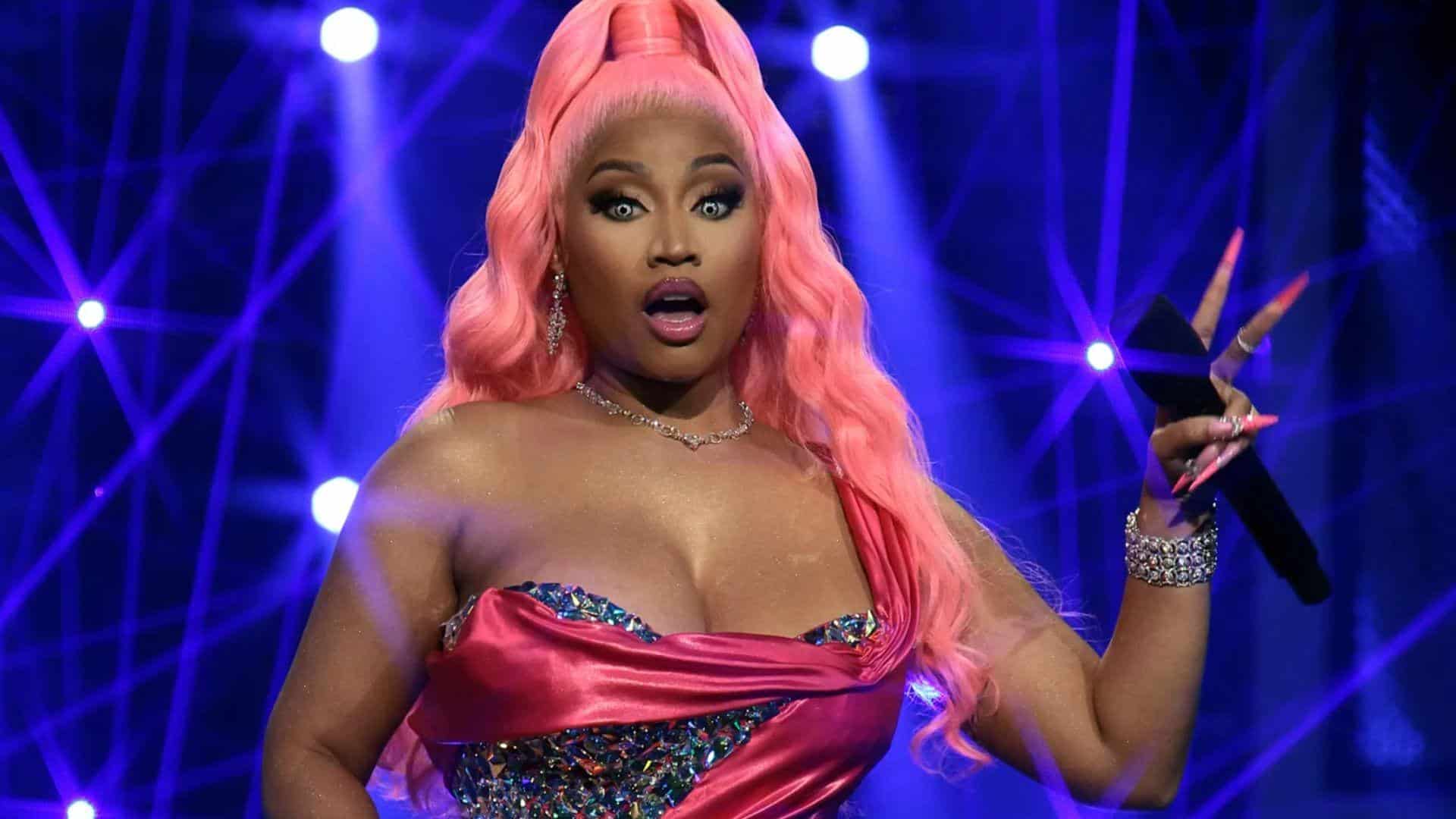
Hip-hop vocals combine rhythmic speech, melodic singing, and creative wordplay to tell stories and express ideas.
Artists often switch between rapping and singing within the same song, requiring versatility and strong rhythm skills.
The style emphasizes flow, timing, and the ability to make words sound musical while maintaining clear pronunciation and emotional impact.
Artists
- Drake: Known for seamlessly blending rap verses with melodic sung choruses
- Nicki Minaj: Well-known for her versatile flow, character voices, and powerful delivery
- Kendrick Lamar: Master of storytelling through complex rhythms and vocal character changes
5. Jazz

Jazz singing requires improvisation skills, swing rhythm, and the ability to interpret songs with personal style and creativity.
Jazz vocalists often scat-sing, bend notes, and play with timing to create unique interpretations of familiar songs.
The style emphasizes musical knowledge, spontaneity, and the ability to interact musically with other instruments in the band.
Artists
- Ella Fitzgerald: Known as the “First Lady of Song” for her perfect pitch and scat singing
- Frank Sinatra: Popular for his smooth phrasing and emotional interpretation of classic songs
- Billie Holiday: Legendary for her unique vocal tone and deeply emotional song delivery
6. Opera
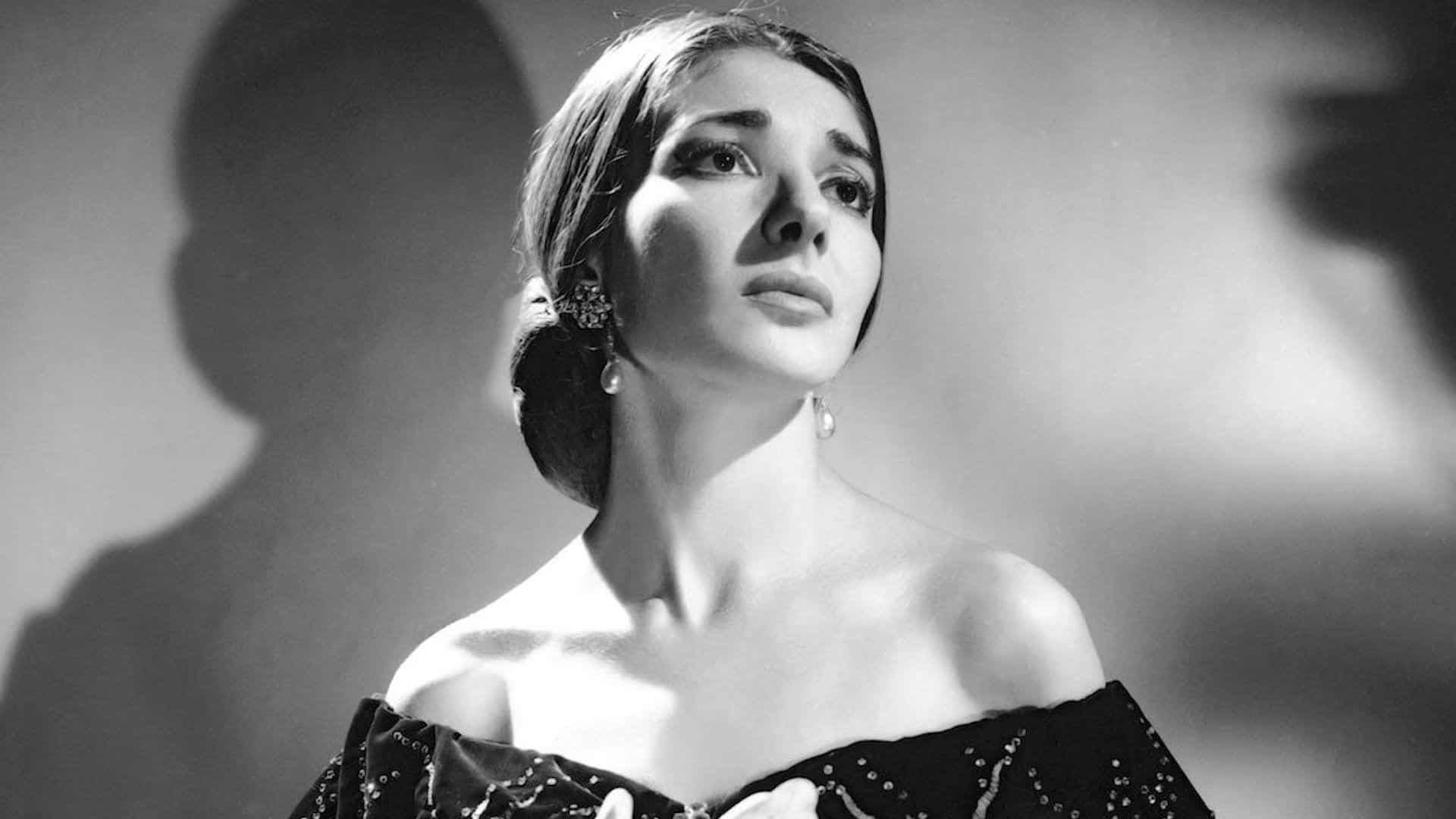
Opera singing requires years of classical training, powerful projection, and the ability to sing in multiple languages without the aid of microphones.
Opera singers must combine acting skills with vocal technique to tell dramatic stories through music.
The style demands exceptional breath control, a wide vocal range, and the stamina to perform lengthy, demanding compositions in large theaters.
Artists
- Luciano Pavarotti: One of the greatest tenors known for his powerful high notes
- Maria Callas: A Famous soprano known for her dramatic interpretations and vocal intensity
- Plácido Domingo: A Versatile tenor who performed in over 150 different opera roles
7. Country
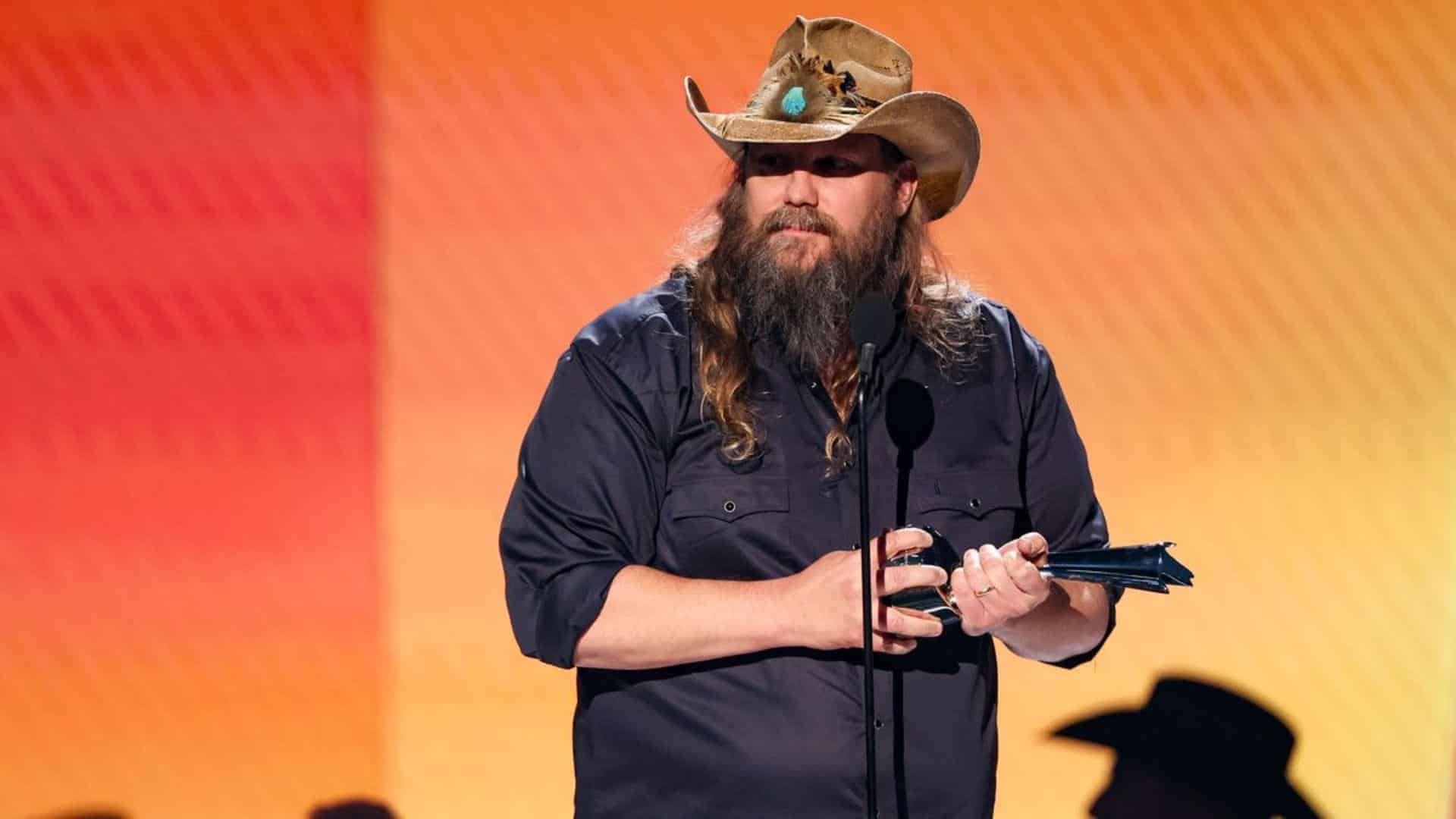
Country singing tells stories about everyday life, love, and hardship using a conversational, genuine vocal style.
Country singers often use a slight twang, clear pronunciation, and emotional honesty to connect with listeners.
The style emphasizes storytelling, relatability, and the ability to make simple melodies sound deeply personal and meaningful to audiences.
Artists
- Dolly Parton: Known for her distinctive voice, songwriting skills, and genuine country storytelling
- Chris Stapleton: Known for his powerful, soulful voice that blends country with blues influences
- Carrie Underwood: Known for her strong belting ability and crossover appeal to pop audiences
8. Metal

Metal singing ranges from melodic vocals to extreme techniques like growling and screaming while maintaining power and clarity.
Metal vocalists must project over heavy instrumentation and often use aggressive techniques safely to avoid vocal damage.
The style emphasizes intensity, power, and the ability to convey strong emotions through both clean singing and harsh vocal techniques.
Artists
- Corey Taylor: Known for switching between melodic singing and aggressive screaming in Slipknot
- Lzzy Hale: Famous for her powerful rock voice and ability to front a heavy metal band
- Bruce Dickinson: Iron Maiden’s singer, known for his operatic range and air raid siren screams
9. Indie/Alternative
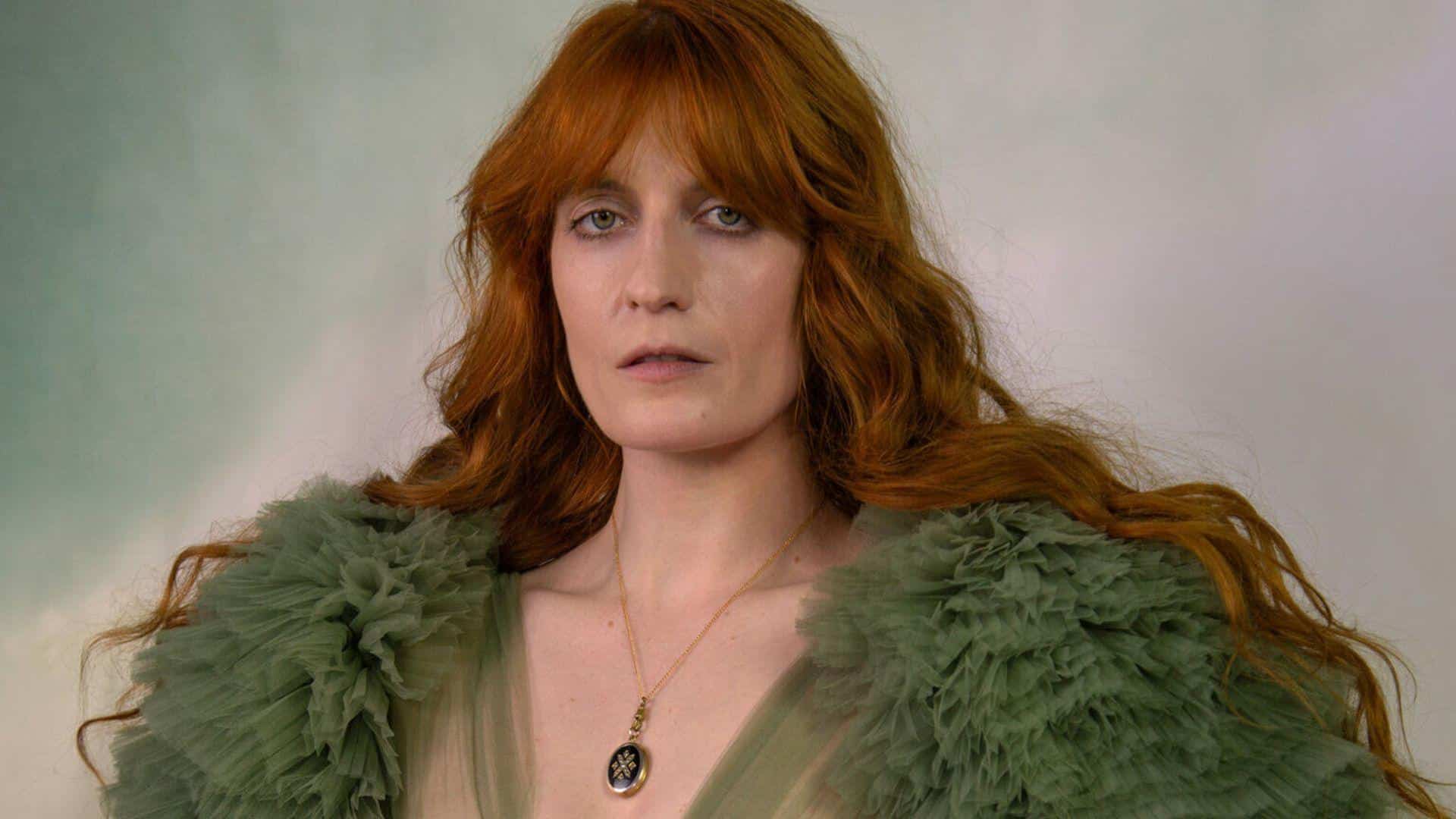
Indie singing often features unique, unconventional vocal styles that prioritize artistic expression over commercial appeal and technical perfection.
Indie artists frequently use breathy tones, unusual phrasing, and experimental techniques to create distinctive sounds.
The style emphasizes creativity, genuineness, and the freedom to break traditional vocal rules to serve the artistic vision.
Artists
- Florence Welch: Known for her powerful, operatic voice and ethereal stage presence
- Hozier: Recognized for his soulful, blues-influenced voice and socially conscious lyrics
- Sufjan Stevens: Known for his gentle, whispery vocals and intricate musical arrangements
10. Blues
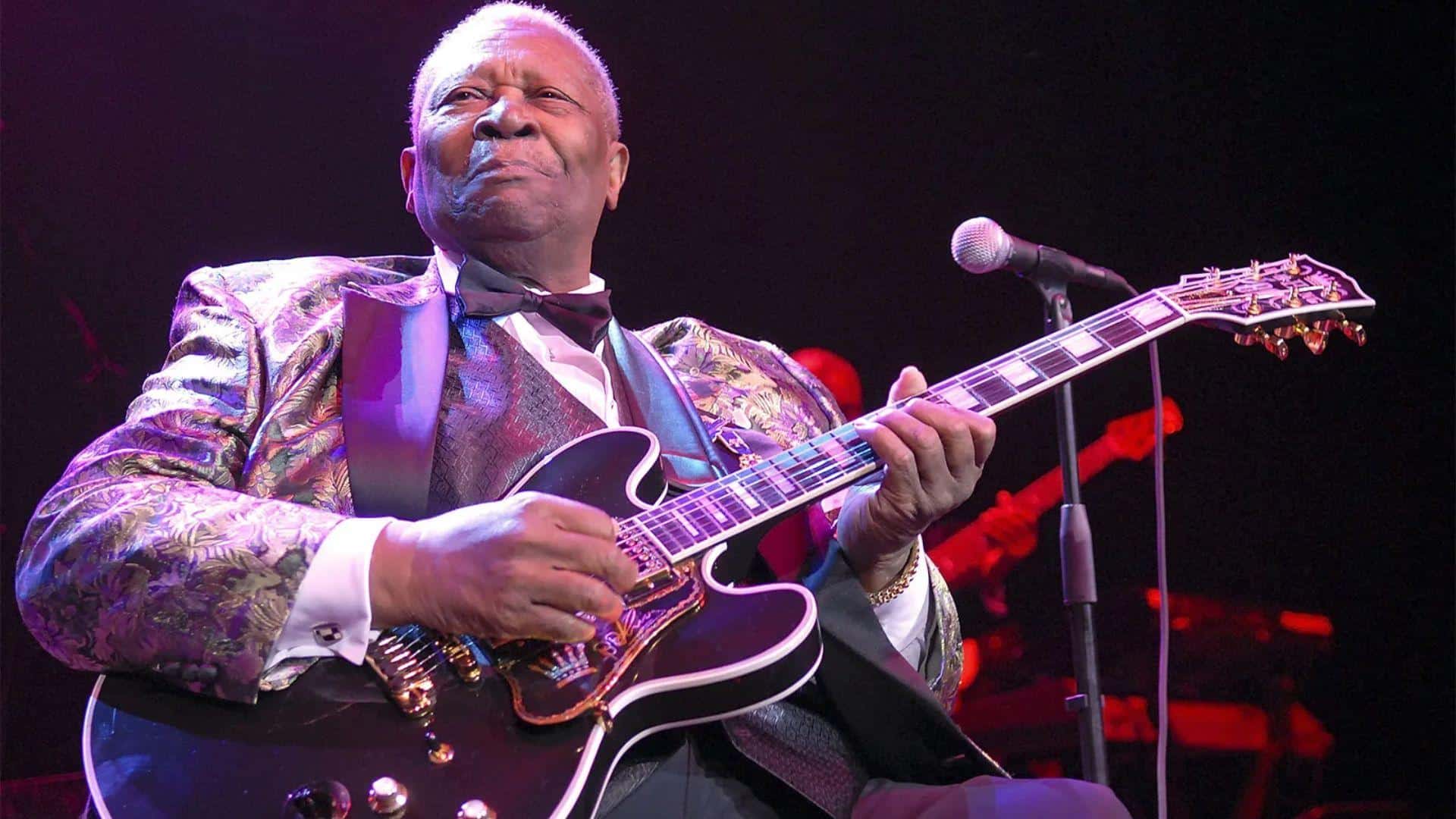
Blues singing expresses deep emotion through vocal techniques like bending notes, growling, and using the voice to mimic instrumental sounds.
Blues vocalists focus on feeling over technical perfection, often using raspy tones and emotional delivery.
The style emphasizes genuineness, life experience, and the ability to make listeners feel the pain and joy in every song.
Artists
- Etta James: Known for her powerful, emotionally charged voice and gospel influenced delivery
- B.B. King: Famous for his expressive vocals that perfectly complemented his guitar playing
- Muddy Waters: Legendary for his deep, commanding voice that defined the Chicago blues sound
11. Reggae
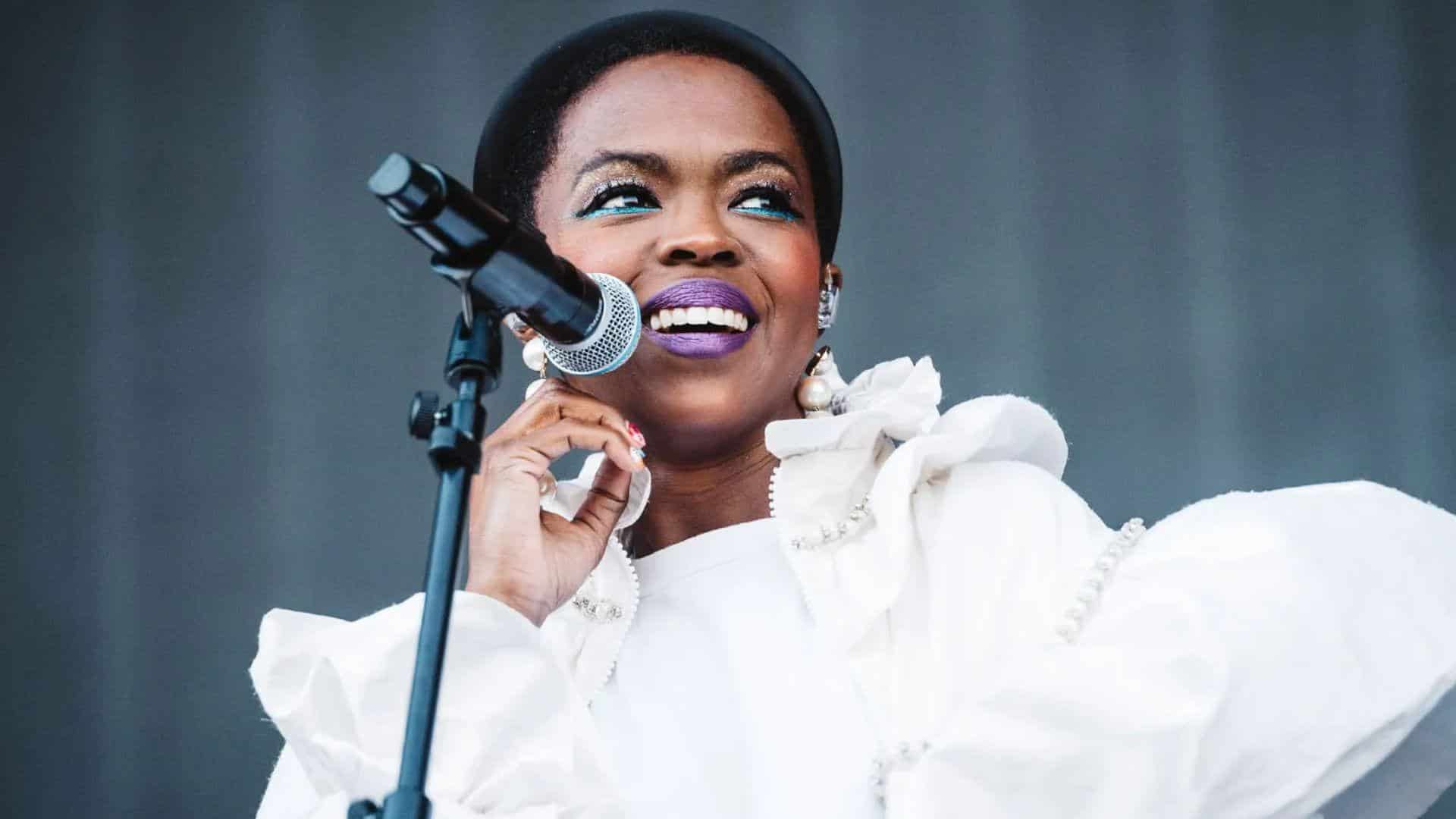
Reggae singing features a laid-back, rhythmic delivery that matches the genre’s distinctive off-beat rhythm and positive message.
Reggae vocalists often use patois (Jamaican dialect) and focus on social consciousness, spirituality, and unity.
The style emphasizes groove, message, and the ability to make people move while delivering meaningful lyrics about life and society.
Artists
- Bob Marley: The most famous reggae artist, known for his spiritual messages and distinctive vocal style
- Jimmy Cliff: Known for his smooth voice and ability to blend reggae with pop sensibilities
- Lauryn Hill: Well-known for combining reggae influences with hip hop and soul in her vocal delivery
12. Latin
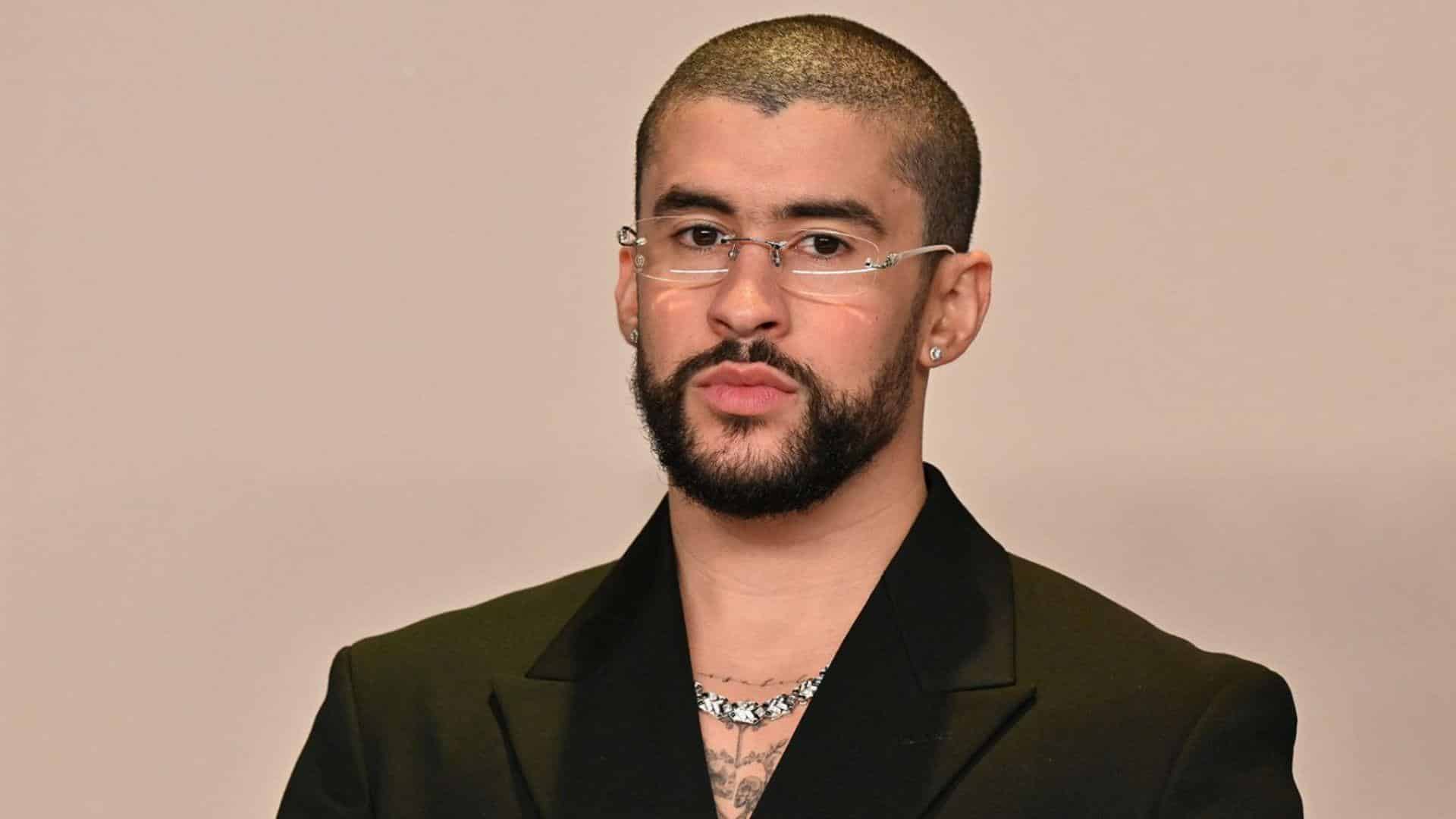
Latin singing encompasses many styles from different Spanish and Portuguese-speaking cultures, often featuring passionate delivery and rhythmic complexity.
Latin vocalists frequently switch between languages and incorporate cultural vocal traditions into modern music.
The style emphasizes rhythm, passion, and the ability to convey the festive or romantic spirit of Latin American and Spanish music.
Artists
- Shakira: Known for her distinctive voice, multilingual singing, and ability to blend Latin with pop
- Bad Bunny: Known for his reggaeton style and ability to sing and rap in Spanish
- Jesse & Joy: A Mexican duo known for their harmonious voices and romantic Latin pop ballads
13. Indian Classical
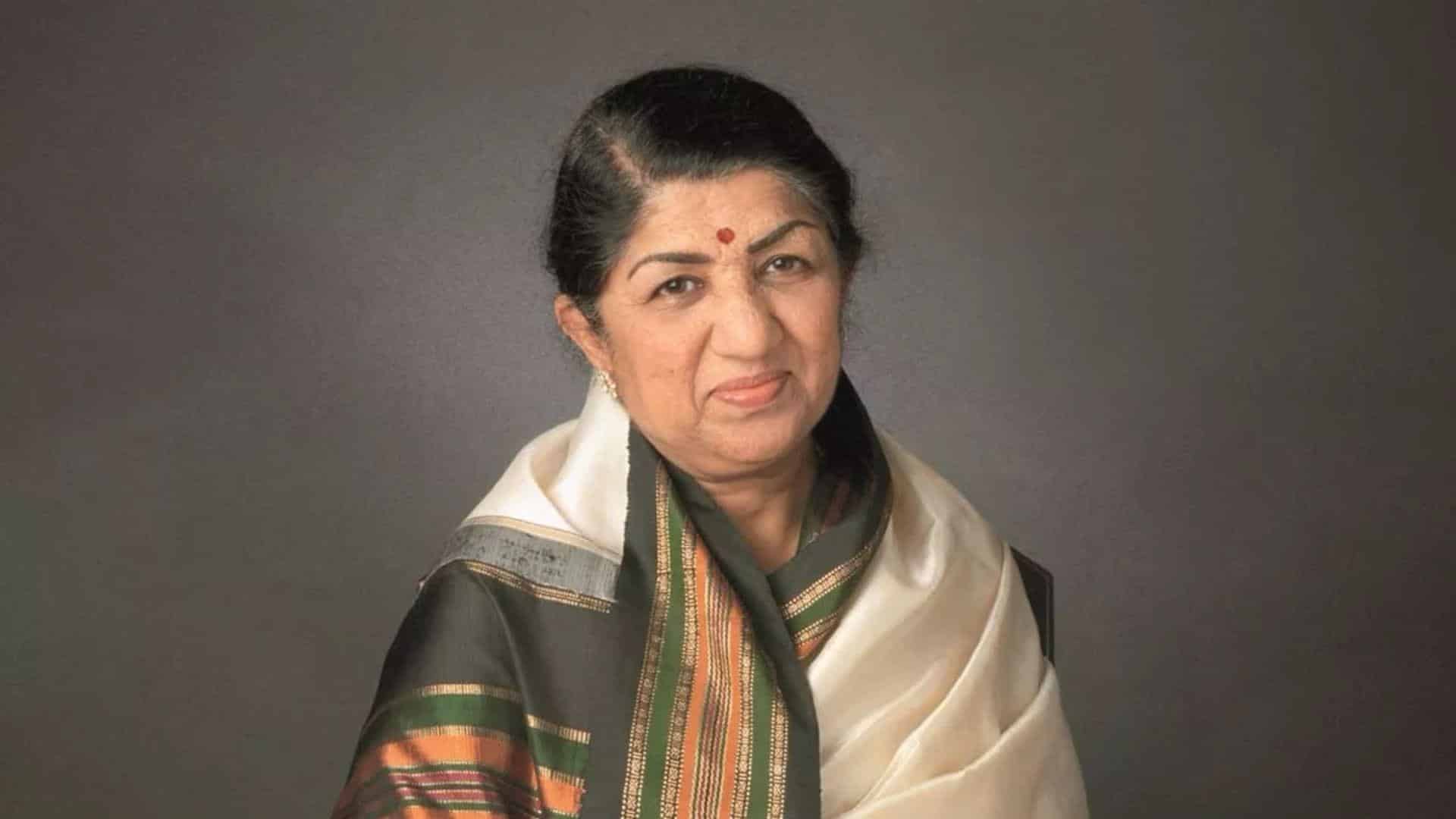
Indian classical singing requires years of training in complex ragas (melodic frameworks) and precise vocal ornamentation techniques.
Indian classical vocalists must master intricate note patterns, improvisation within traditional structures, and spiritual expression through music.
The style emphasizes devotion, technical mastery, and the ability to create emotional and spiritual experiences through ancient musical traditions.
Artists
- Lata Mangeshkar: Known as the “Nightingale of India” for her pure voice and film playback singing
- Pandit Bhimsen Joshi: Master of Hindustani classical music, known for his powerful, emotional delivery
- M.S. Subbulakshmi: Legendary Carnatic vocalist known for her devotional singing and perfect technique
Summing Up
I think it’s pretty cool how many different ways people can sing. The voice is such a powerful thing, and it can do so much.
From old-school opera that takes years to learn to today’s catchy pop songs, every style has something fun or moving about it.
Maybe you love country because of the feelings it brings. Or maybe you’re into the tricky runs in R&B or the loud energy of rock. Whatever it is, there’s a kind of singing that just feels right for you.
Learning how these styles work might even make you want to try singing too or just help you enjoy your favorite songs even more.
Music has a way of bringing us together, no matter where we’re from. So, what’s your favorite singing style? Let me know below!



